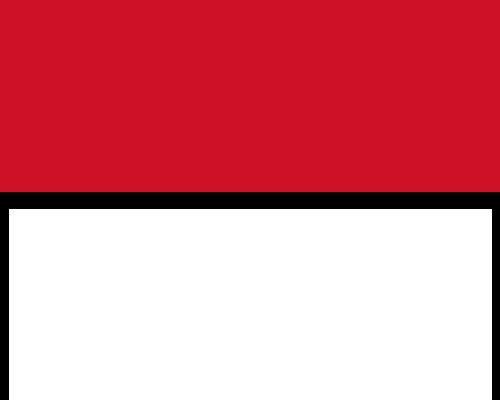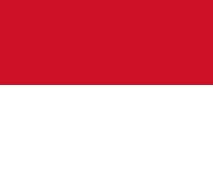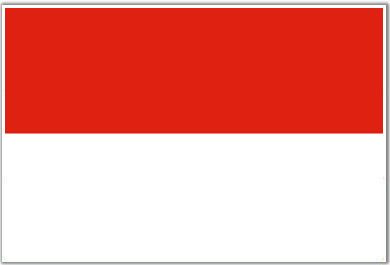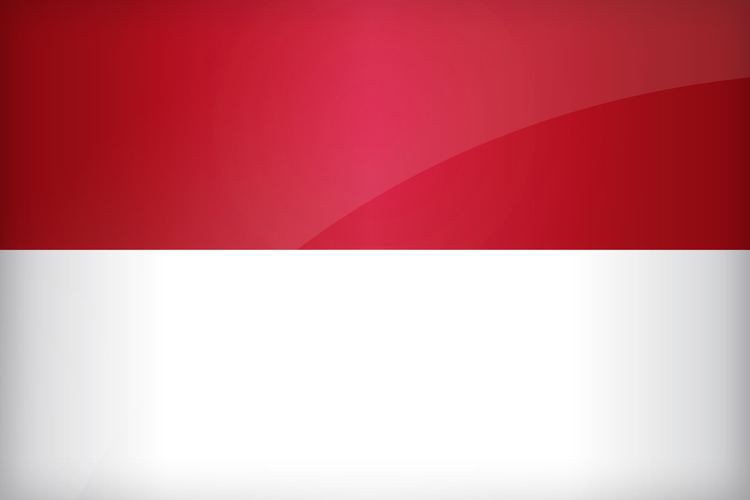Proportion 4:5 (or 2:3) Country Monaco | Adopted on 4 April 1881 | |
 | ||
Design two equal horizontal bands, red (top) and white (bottom) Use State flag, Civil ensign, Civil flag, State ensign | ||
National flag of monaco
The national flag of Monaco (French: Drapeau de Monaco) has two equal horizontal bands of red (top) and white, both of which have been the heraldic colors of the House of Grimaldi since at least 1339. The present bicolor design was adopted on April 4, 1881, under Prince Charles III.
Contents
Monaco's original flag, which was similar to its current state flag but bore an older version of its coat of arms, was in use from the principality's early days (except during its annexation to France from 1793 to 1814) until the present, simpler design was adopted in 1881.

Another design (below), the banner of the state arms (lozenges in the Grimaldi family colors, in heraldic terms "lozengy argent and gules"), was used at various times, particularly in the 17th century, as an unofficial flag, and still appears in some royal photographs. However, it has no designated use, and does not represent any Monegasque official in particular.

Flag of monaco
State flag

Monaco's state flag, which consists of the full achievement of the coat of arms on a white background with a red line, is flown at government offices, the Prince's palace, in the presence of government officials, and as an ensign on the Prince's yacht.
Princely standard
The princely standard, which consisted of the Crown of Monaco over two opposing letters A on a white background, is the personal flag of Prince Albert II, and is only used in his immediate presence, particularly on cars in which he travels. It is often seen with a gold fringe on the top, bottom, and right, which is one-ninth the height of the white field.
